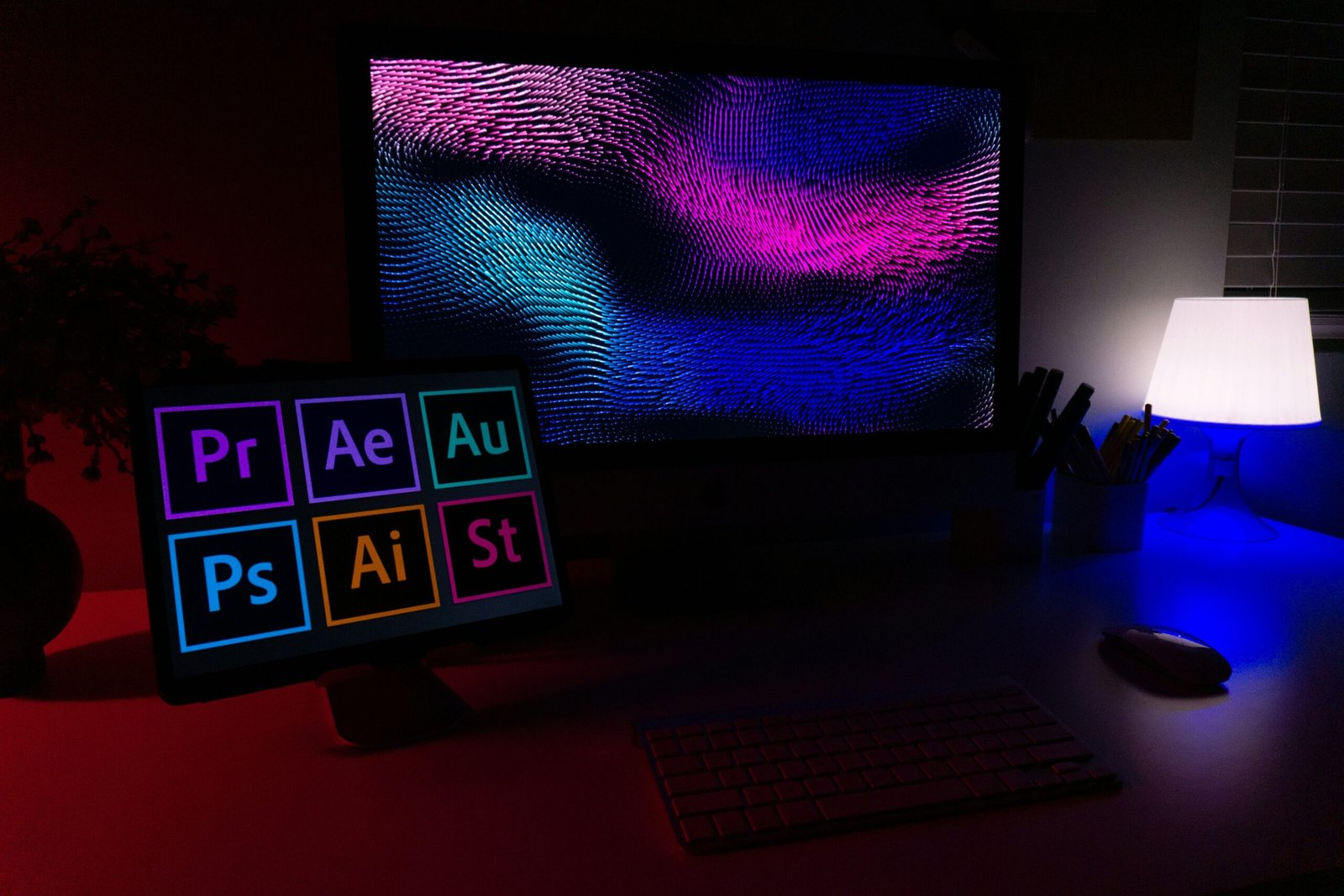
Introduction to Adobe AI Image Generator
Adobe AI Image Generator in the fast-evolving world of artificial intelligence, Adobe has emerged as a powerful player, introducing its own AI image generator tool. Merging years of creative software expertise with cutting-edge machine learning, Adobe’s AI image generator is paving new avenues for artists, designers, and creators looking to unleash their imagination with less technical hassle. Let me walk you through what it is, how it works, and why it might just become your next favourite creative companion.
How Adobe AI Image Generator Works
The essence of Adobe’s AI image generator lies in its ability to turn simple text prompts into stunning visuals. Users describe their desired scene, character, style, or object in natural language—”a futuristic city at sunset in watercolor style,” for example—and the AI responds by producing crisp, detailed digital images that match the description. Under the hood, it leverages sophisticated neural networks trained on massive datasets of images and artistic styles, blending creativity and technology into every output.
Key Features at a Glance
- Text-to-image creation: Craft visuals from written descriptions, making concept exploration a breeze.
- Style adaptation: Generate art in styles ranging from photorealism to sketches and vibrant abstracts.
- Deep customization: Tweak colors, moods, lighting, and composition for highly personal results.
- Seamless Adobe integration: Works smoothly with Creative Cloud tools like Photoshop and Illustrator for further editing.
- Content safety filters: Built-in measures to prevent inappropriate or harmful outputs, so creators can feel secure using it for work or play.
Creative Possibilities and Use Cases
Adobe’s AI image generator brings a world of opportunity across creative industries. Let me imagine a few scenarios:
- Design Prototyping: Graphic designers can rapidly prototype ideas for campaign visuals, branding, or packaging, skipping the endless search for the perfect stock photo.
- Storyboarding: Filmmakers and game designers can visualize worlds, characters, and scenes before any traditional illustration or 3D modeling begins.
- Educational Resources: Teachers can create customized diagrams, illustrations for slides, or visual aids for different learning styles on the fly.
- Marketing Content: Marketers can quickly generate original assets for social media campaigns or advertising, ensuring standout visuals without the standard imagery fatigue.
- Personal Projects: Hobbyists and amateurs can experiment freely without the technical barrier of mastering advanced graphic design tools.
Strengths and Competitive Advantages
What really sets Adobe’s offering apart? It’s the combination of best-in-class AI with the trusted, robust ecosystem that Adobe has honed for decades. As someone who’s juggled different creative platforms, I can appreciate the value of:
- Consistency with Adobe workflows: Direct export to Photoshop or Illustrator means less time fiddling with file formats or compatibility.
- Professional-grade quality: Adobe’s commitment to visual fidelity and flexibility appeals to demanding creators everywhere.
- Ethics and safety in AI: Unlike some alternatives, Adobe invests in reducing bias and maintaining responsible standards in its AI tools, and this is built right in.
Challenges and Considerations
Despite the groundbreaking nature of Adobe’s AI image generator, it isn’t magic. Sometimes, the output might not match the precise vision in your head, or complex prompts can yield odd interpretations. There are always ongoing debates around copyright, creative authorship, and the risks of AI-generated content flooding the market. It’s vital for users to remember that while AI is a fantastic partner, it’s no substitute for the human touch—at least, not yet.
The Future of Creative Work with Adobe AI Image Generator
As artificial intelligence becomes more ingrained in creative workflows, tools like Adobe’s AI image generator are poised to empower rather than replace artists. The future could see deeper personalization, real-time collaboration, and smarter content aware editing. For now, it’s an inviting playground for anyone excited about art and tech blending together. If you love pushing creative boundaries, this might just be the most fun new tool in your kit.


